
Resources: Writing and Dialogue Tips
Want to make sure you never miss a blog post? Subscribe in the footer of this page to get new posts delivered straight to your inbox. And if you find my resources helpful, consider saying thanks by buying me a coffee through Ko-fi.
-
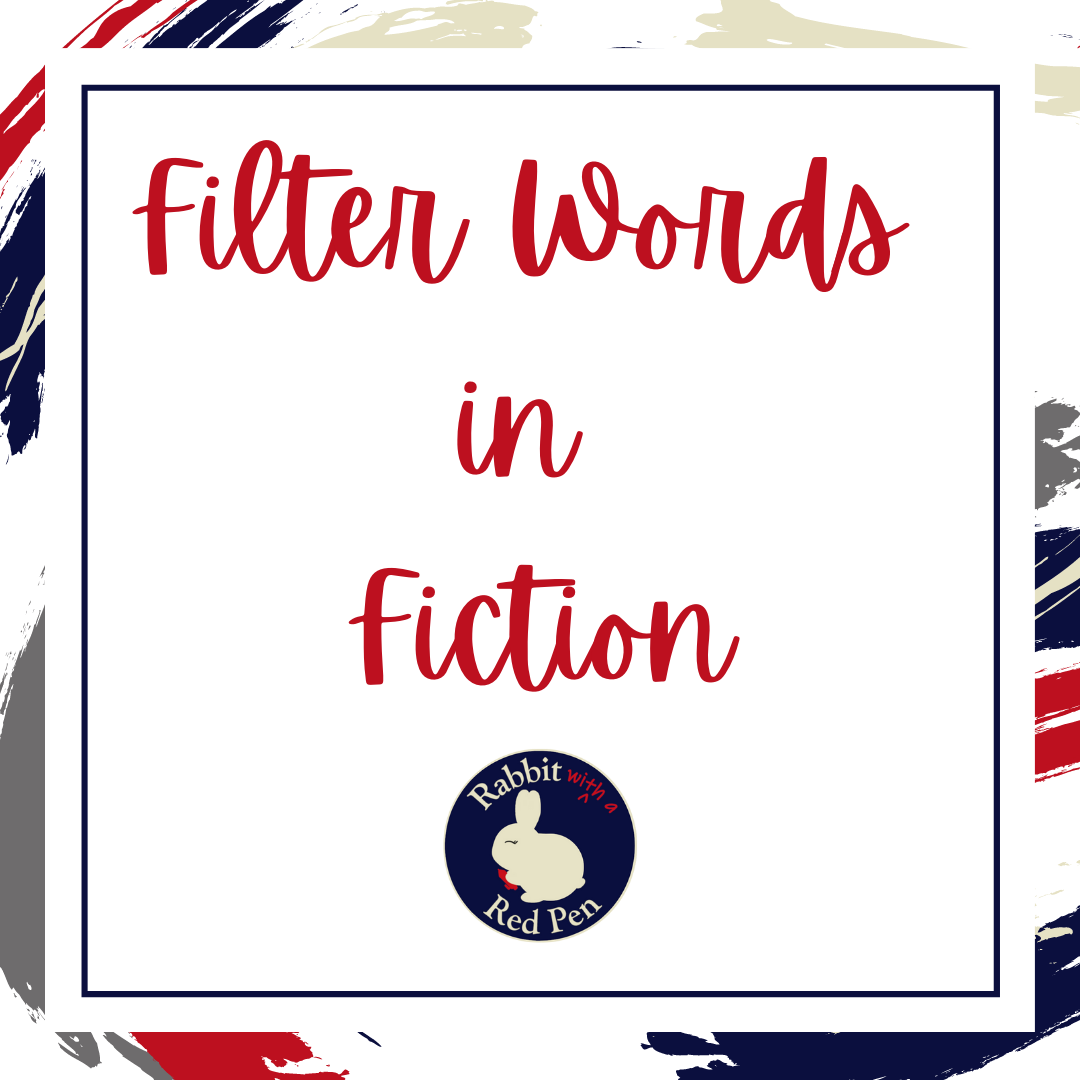
Filter Words in Fiction
Filter words create narrative distance between the reader and the story, and they can weaken the writing. Learn more about what they are and how to remove them from writing.
-
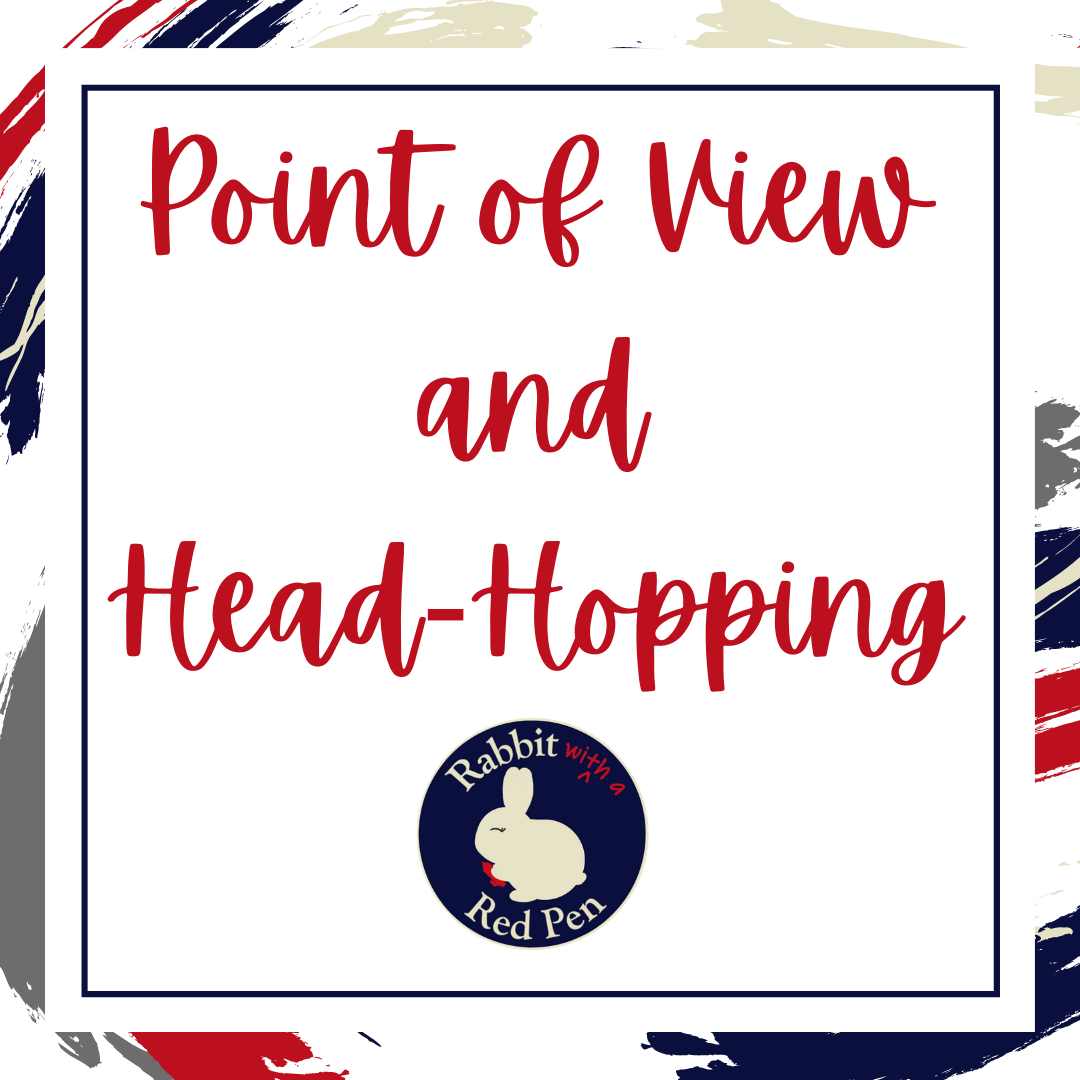
Point of View and Head-Hopping
This post covers the different points of view common in writing, as well as the issue of head-hopping, which can cause readers to stumble.
-
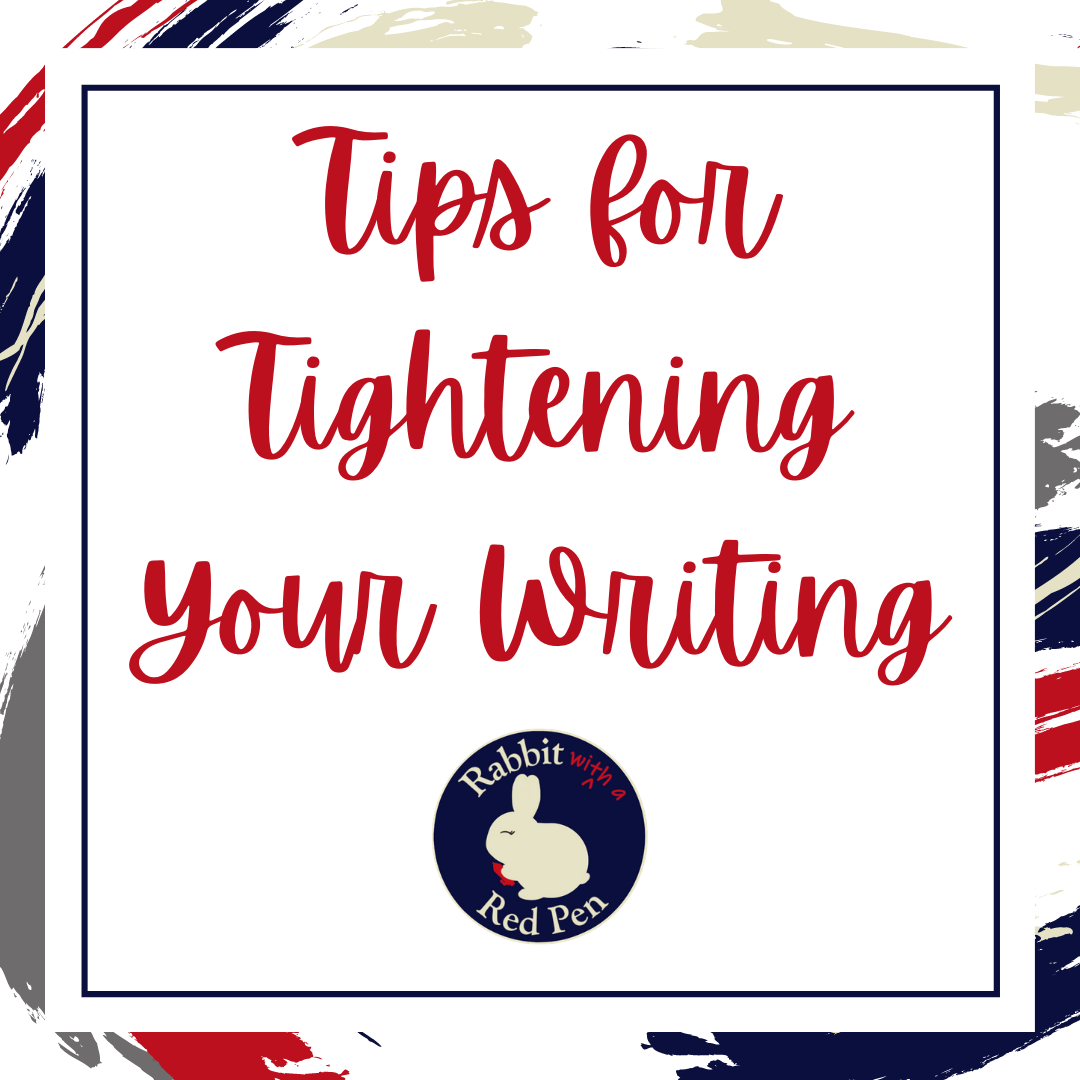
Tips for Tightening Your Writing
Keeping your writing lean isn’t always necessary, but it’s helpful to know different tricks to tighten your writing so that readers focus on what’s important.
-
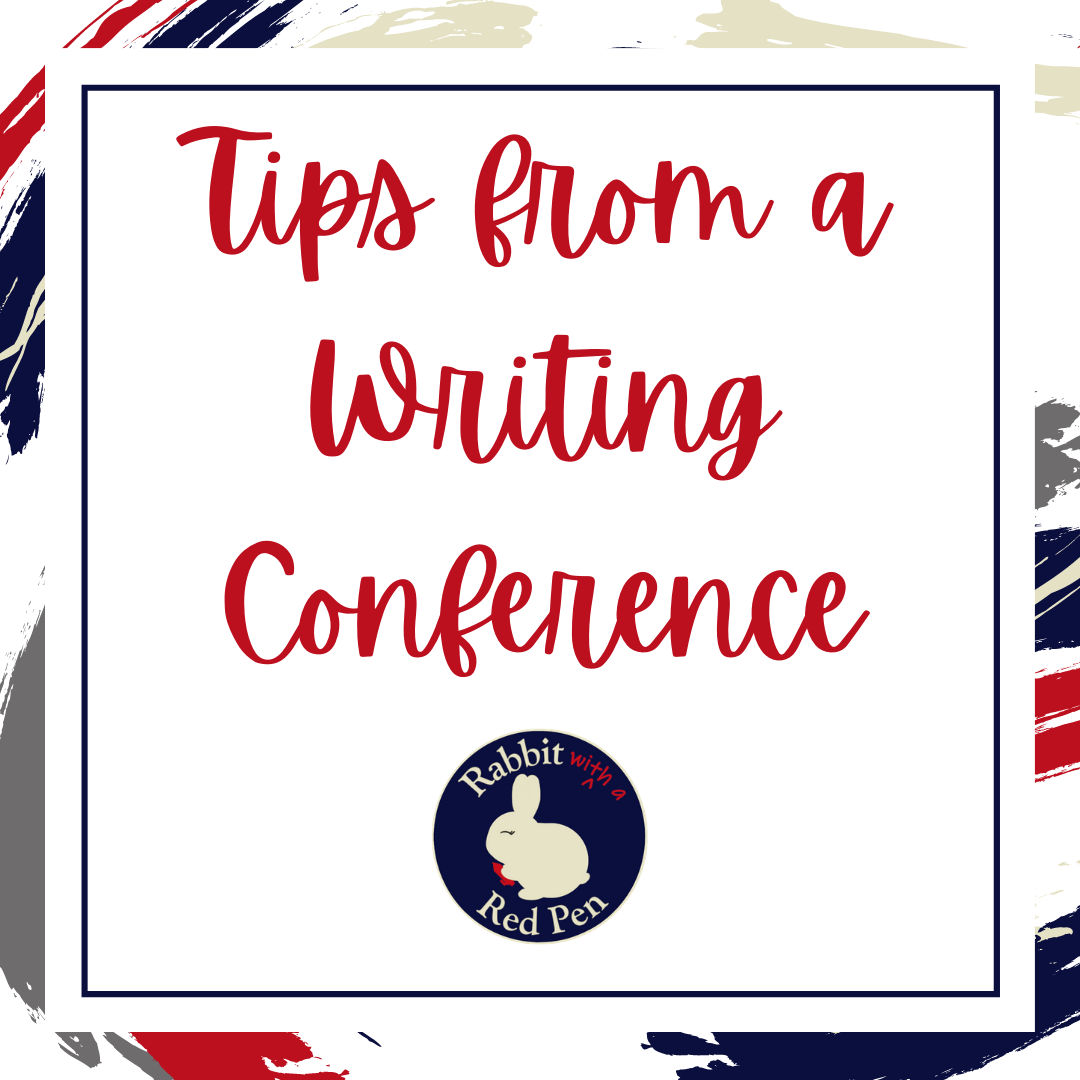
Tips from a Writing Conference
After attending a large writing conference, I put together a list of the most meaningful tips I learned from the panels and presentations I went to.
-
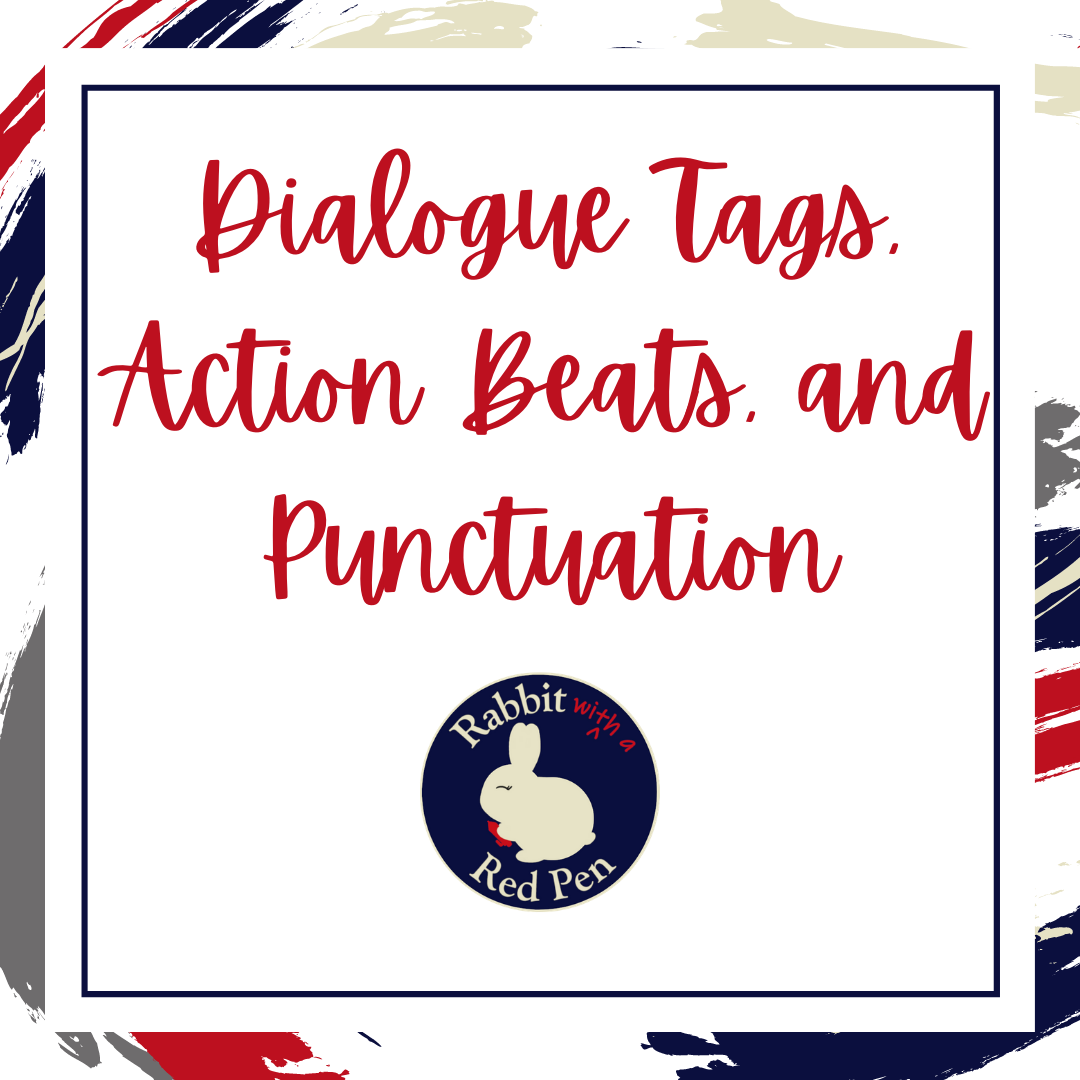
Dialogue Tags, Action Beats & Punctuation
Understanding dialogue tags and action beats is key for fiction writers to know how to punctuate dialogue. Includes a free downloadable tip sheet.
-
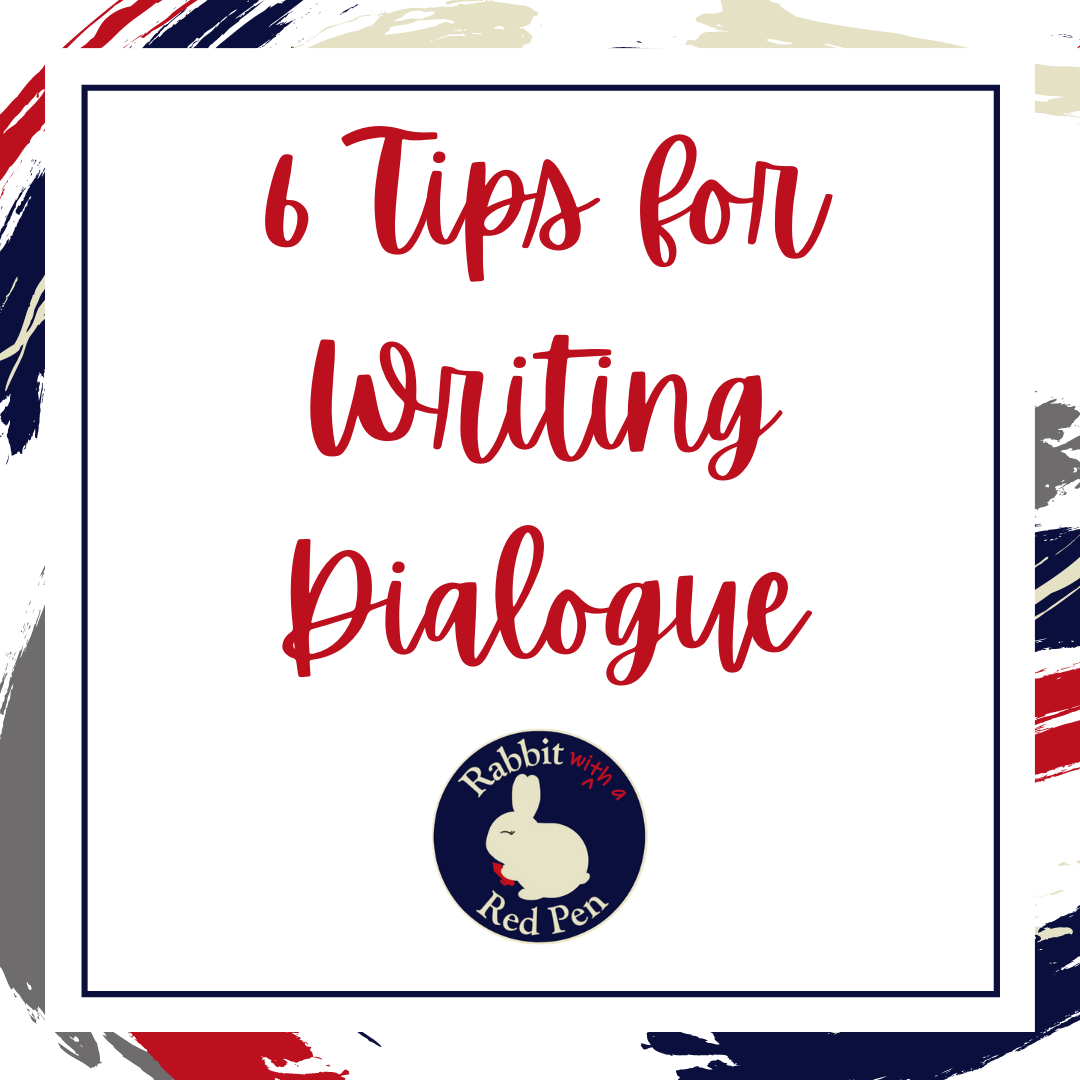
6 Tips for Writing Dialogue
This post covers six tips to keep in mind when writing dialogue, such as dialogue tags and the use of pronouns. A before/after example is provided.
-
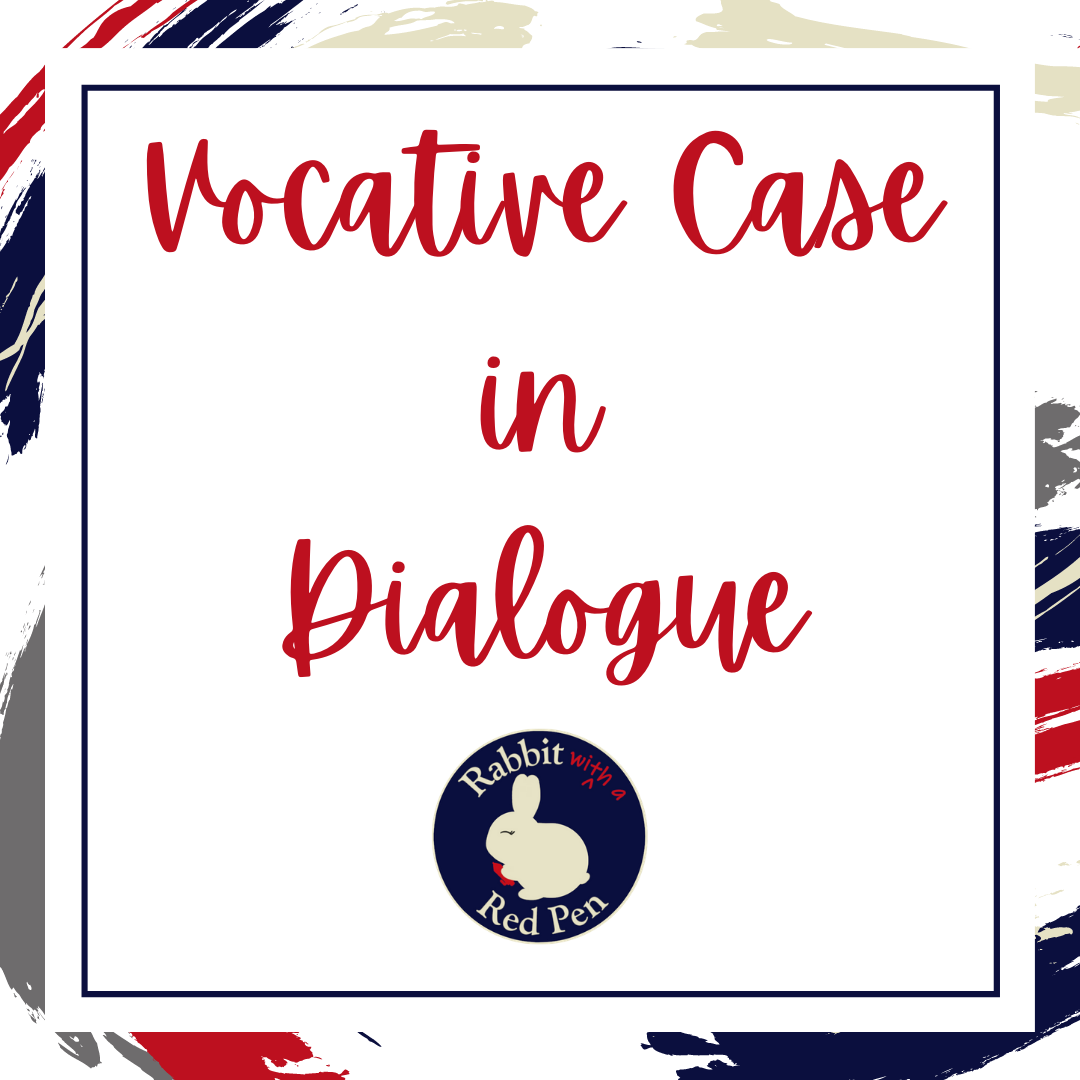
Vocative Case in Dialogue
Vocative case refers to when one person directly addresses another by name or title. Learn more about what vocative case looks like in dialogue and how to punctuate it.

